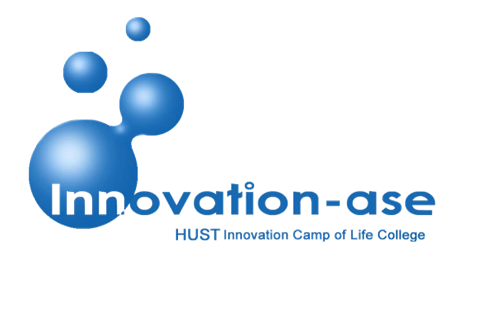Team:HUST-China/Safety
From 2011.igem.org
(→Safety) |
(→Safety) |
||
| Line 51: | Line 51: | ||
'''A''':Researcher Safety: | '''A''':Researcher Safety: | ||
Working in a bio-laboratory environment is to deal with potentially dangerous substances, such as Ethidium Bromide (EtBr). Therefore, all team members had already attend the biological skills training and safety training before wet-lab running. | Working in a bio-laboratory environment is to deal with potentially dangerous substances, such as Ethidium Bromide (EtBr). Therefore, all team members had already attend the biological skills training and safety training before wet-lab running. | ||
| - | + | <br/> | |
Public safety: | Public safety: | ||
Our project did not involve security issues, for all the experiments were done in the wet-lab and all the bacteria go to public was inactivated. | Our project did not involve security issues, for all the experiments were done in the wet-lab and all the bacteria go to public was inactivated. | ||
Revision as of 15:23, 2 September 2011
| You can write a background of your team here. Give us a background of your team, the members, etc. Or tell us more about something of your choosing. | |
|
Tell us more about your project. Give us background. Use this is the abstract of your project. Be descriptive but concise (1-2 paragraphs) | |
| Team Example |
| Home | Team | Official Team Profile | Project | Parts Submitted to the Registry | Modeling | Notebook | Safety | Attributions |
|---|
Safety
1. Would any of your project ideas raise safety issues in terms of: researcher safety, public safety, or environmental safety?
A:Researcher Safety:
Working in a bio-laboratory environment is to deal with potentially dangerous substances, such as Ethidium Bromide (EtBr). Therefore, all team members had already attend the biological skills training and safety training before wet-lab running.
Public safety:
Our project did not involve security issues, for all the experiments were done in the wet-lab and all the bacteria go to public was inactivated.
Environmental safety:
Our project did not involve security issues, for all used materials and waste products are under safety process, and the bacteria is inactivated as mentioned.
2. Do any of the new BioBrick parts (or devices) that you made this year raise any safety issues?
A: Firstly, since the biobrick parts made by HUST-IGEM are composed by adh1b2 and aldh2 belonging to human genome, which means the products of these two genes do exist in human body, we could guarantee the safety of our experiment. On the other hand, the integral process of our experiment does not come across any safety issuses. All the experimental operators of us have been well trained as undergraduates, having rich experience and necessary safety consciousness, and all the operations obey Lab Security Specifications. In a word, no safety problems troubled us.
3. Is there a local biosafety group, committee, or review board at your institution?
A: Yes. The safety check is organized and operated frequently by the Department of Life Science, Huazhong University of Science and technology. During our project, they evaluate and promote our laboratory as well as project. There are also several professors and research assistants are invited to help us with the safety issue.
4. Do you have any other ideas how to deal with safety issues that could be useful for future iGEM competitions? How could parts, devices and systems be made even safer through biosafety engineering?
A: Communication and coorperation should be regarded as two important parts in safety consideration's perfection. We suggest every team participate in iGEM compertition keep a detail record of their daily safety issues. On the other hand, iGEM organizers may constitute a database for every safety issues ,solutions and preventive measures. For the devices safety concern, we think a suicide mechanism maybe useful to prevent excessive products of bacteria from pollute the environment. This suicide mechanism may sense the density of the bacteria or the product. And by this measure we hope Synthetic Biology can be more friendly to environment and to our health.
 "
"

